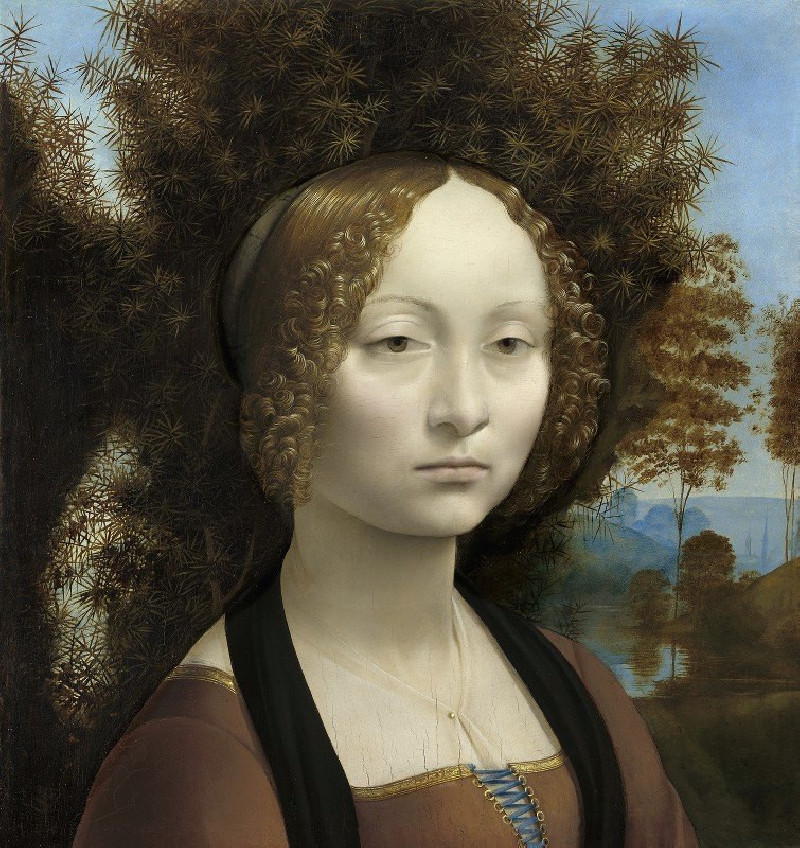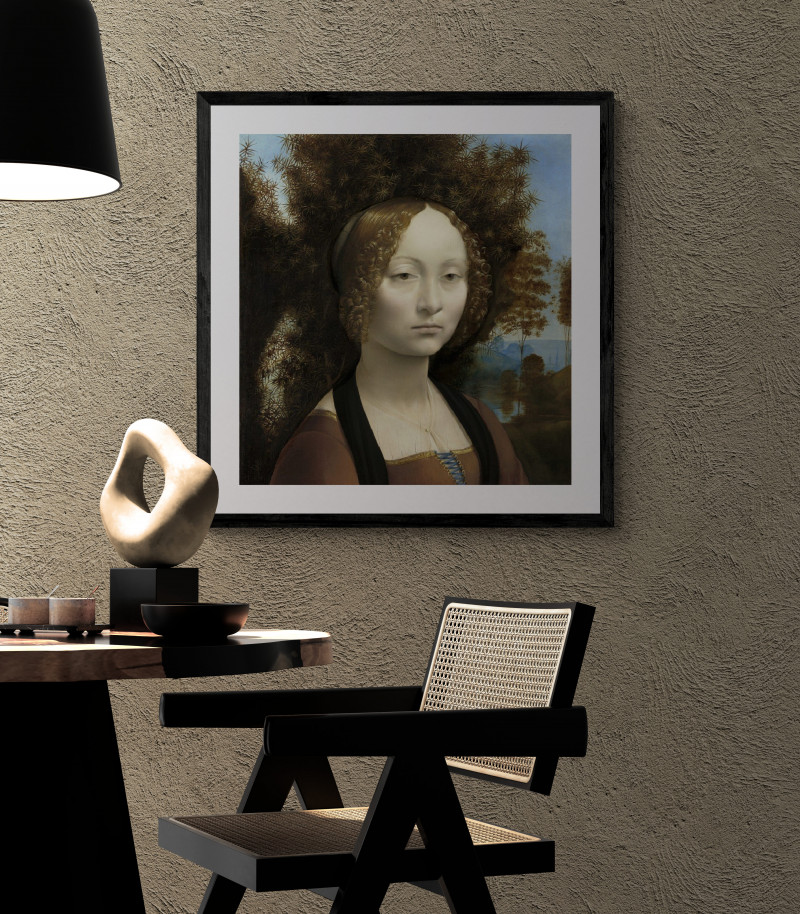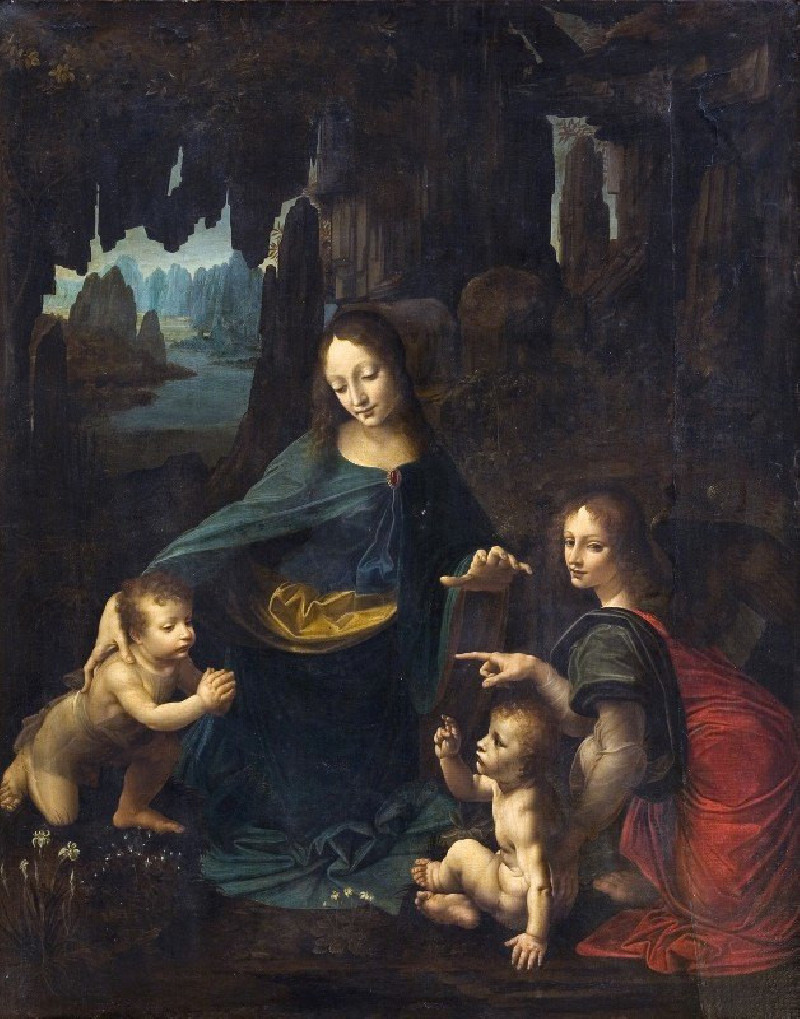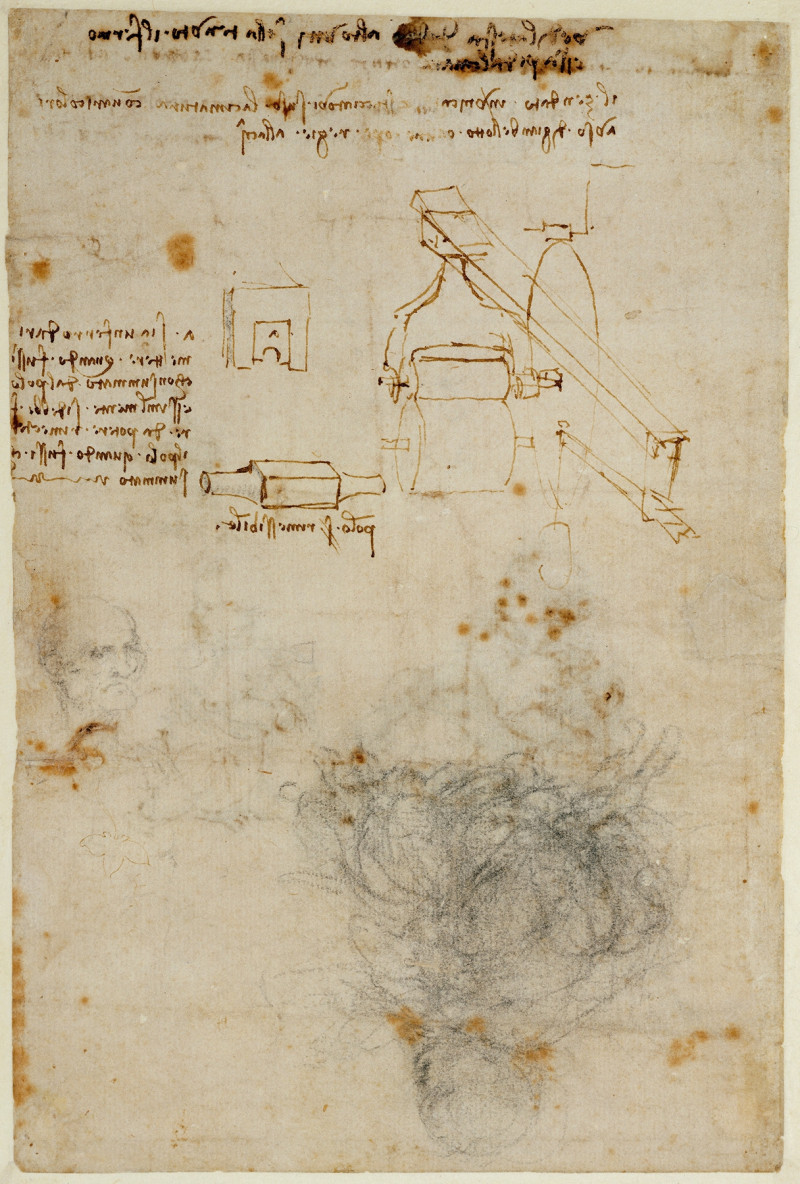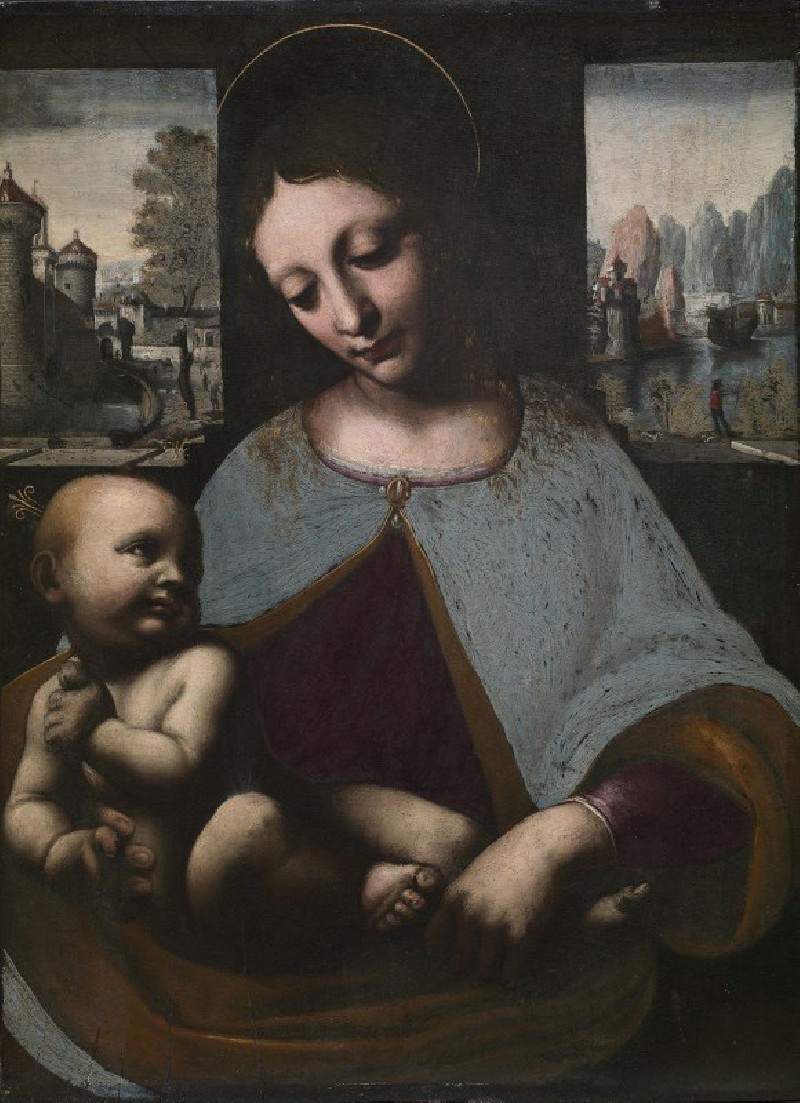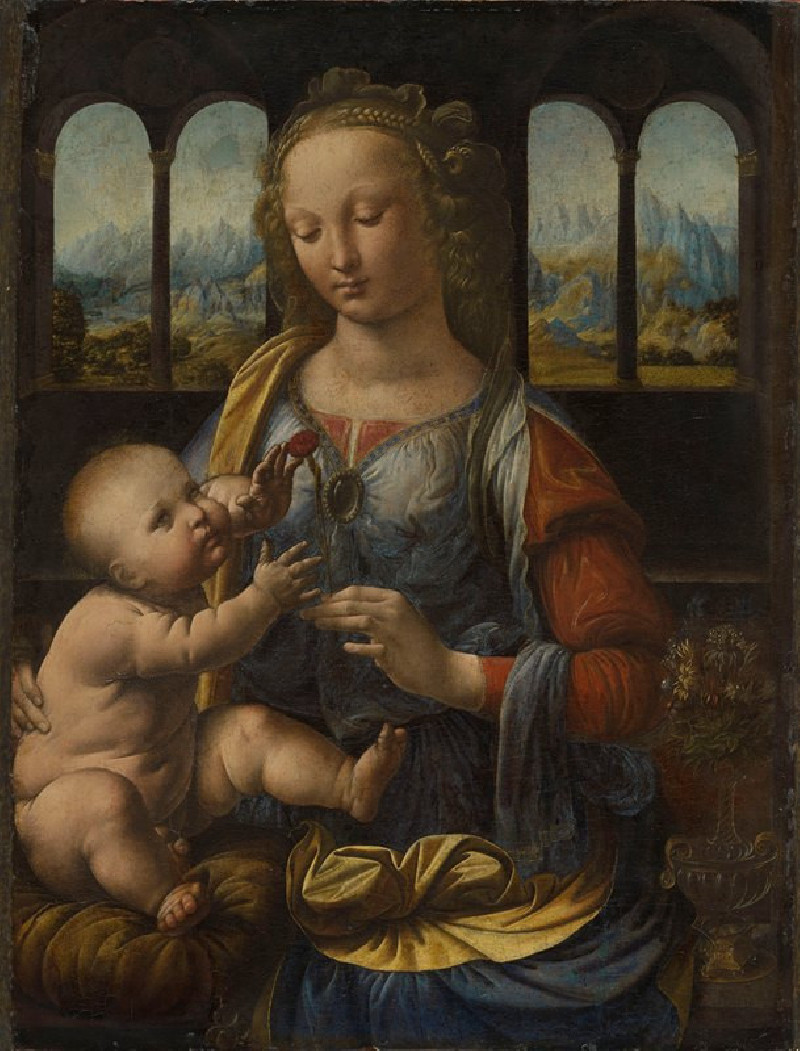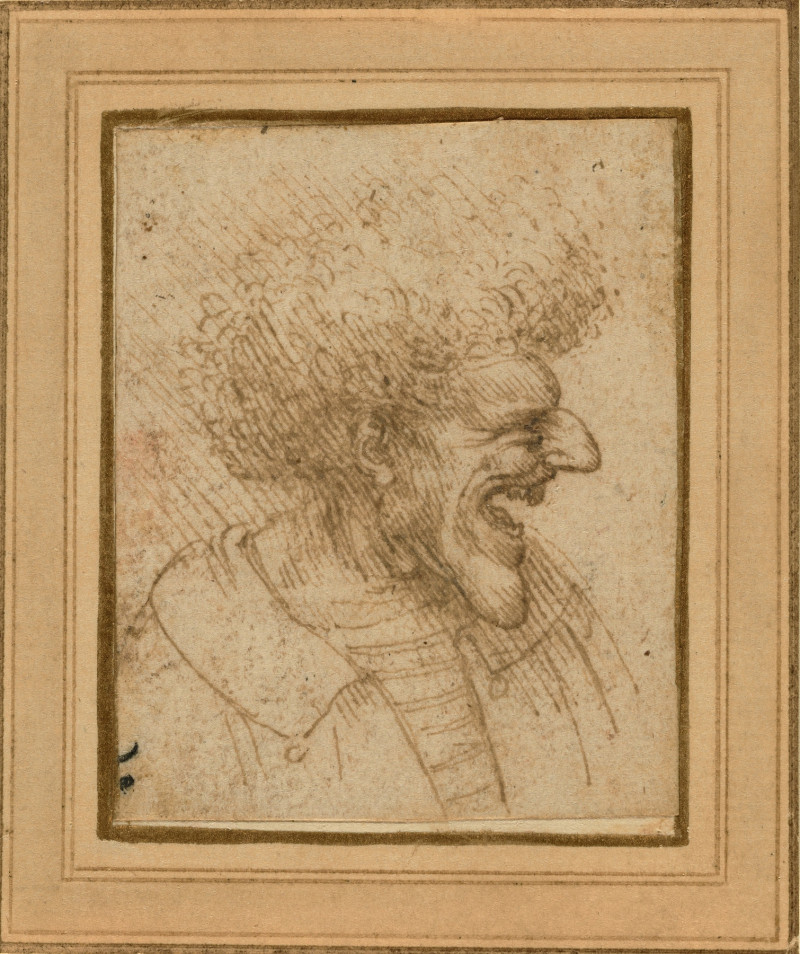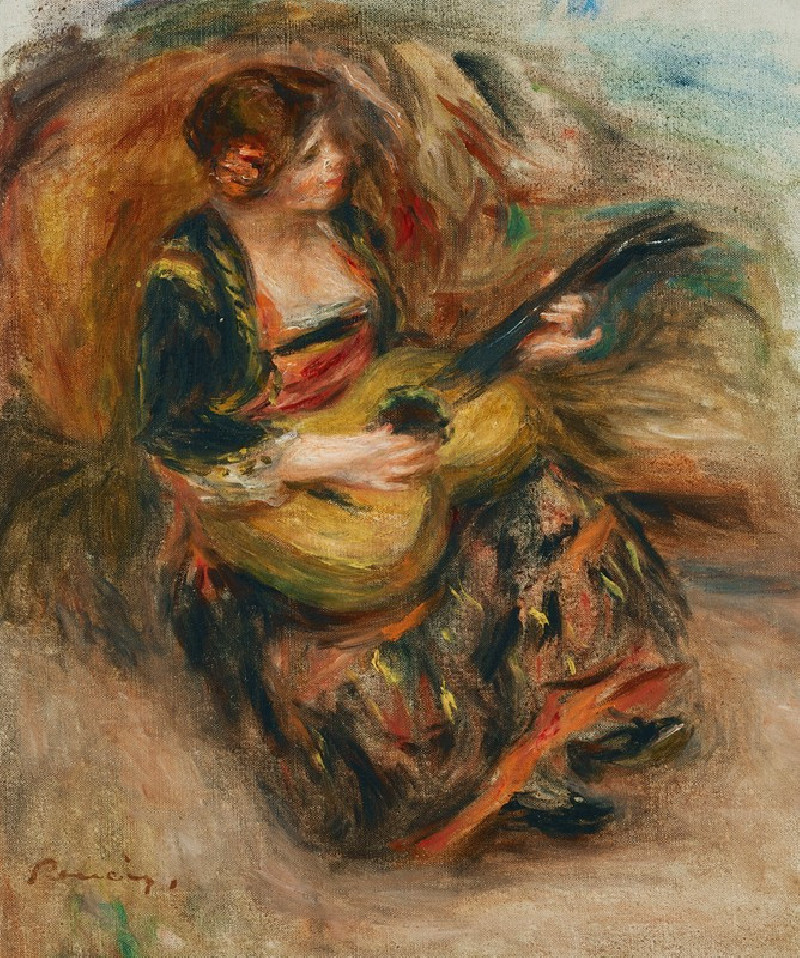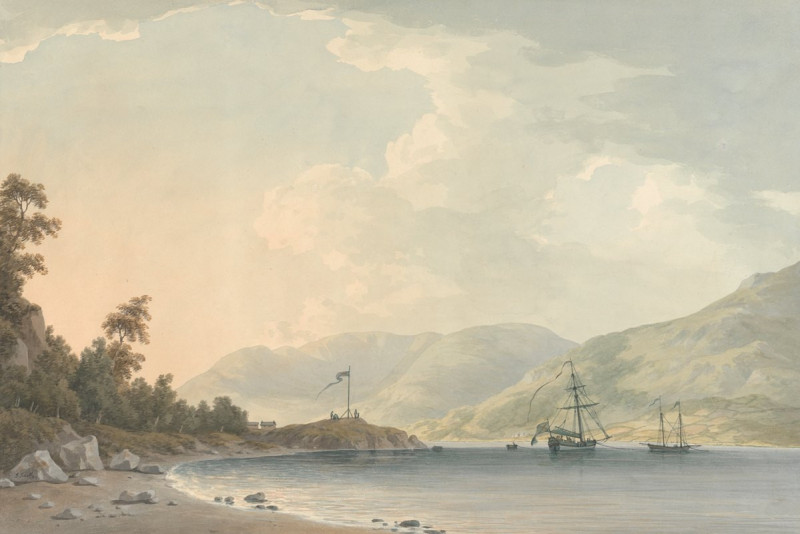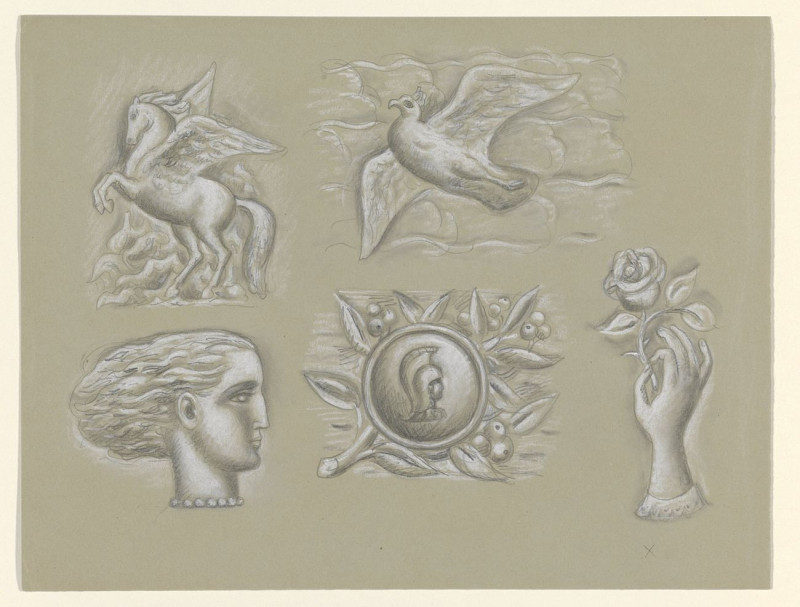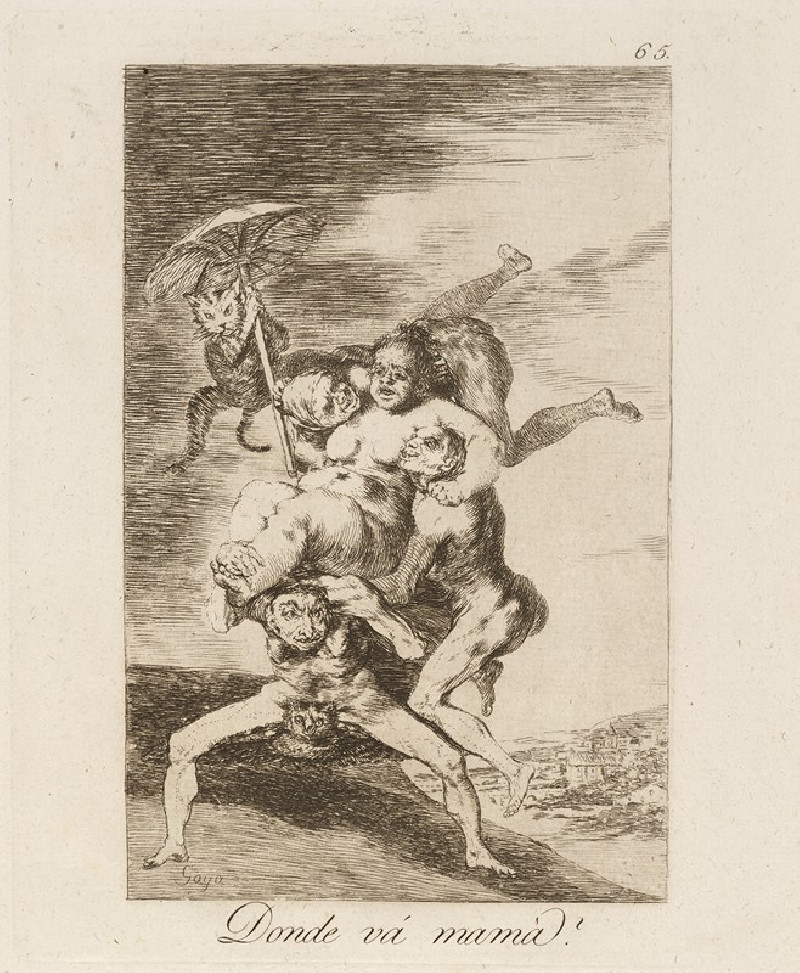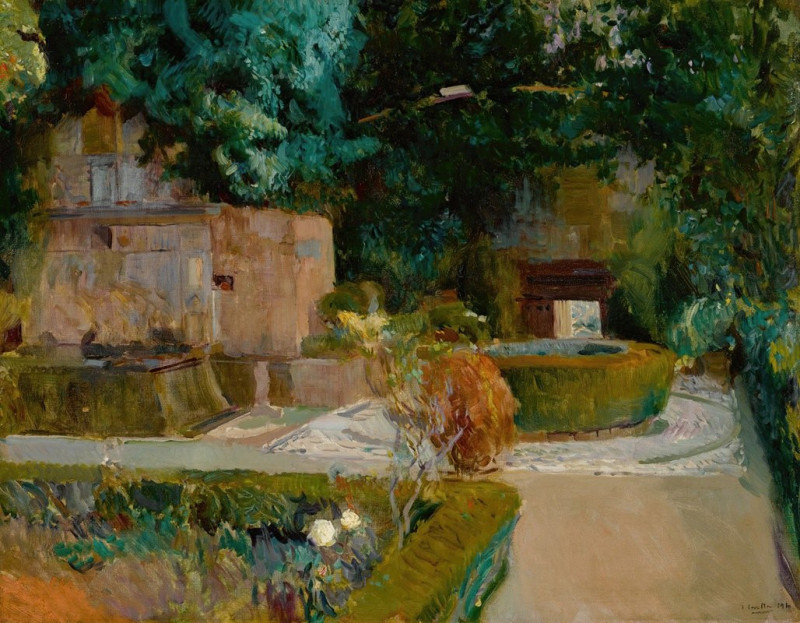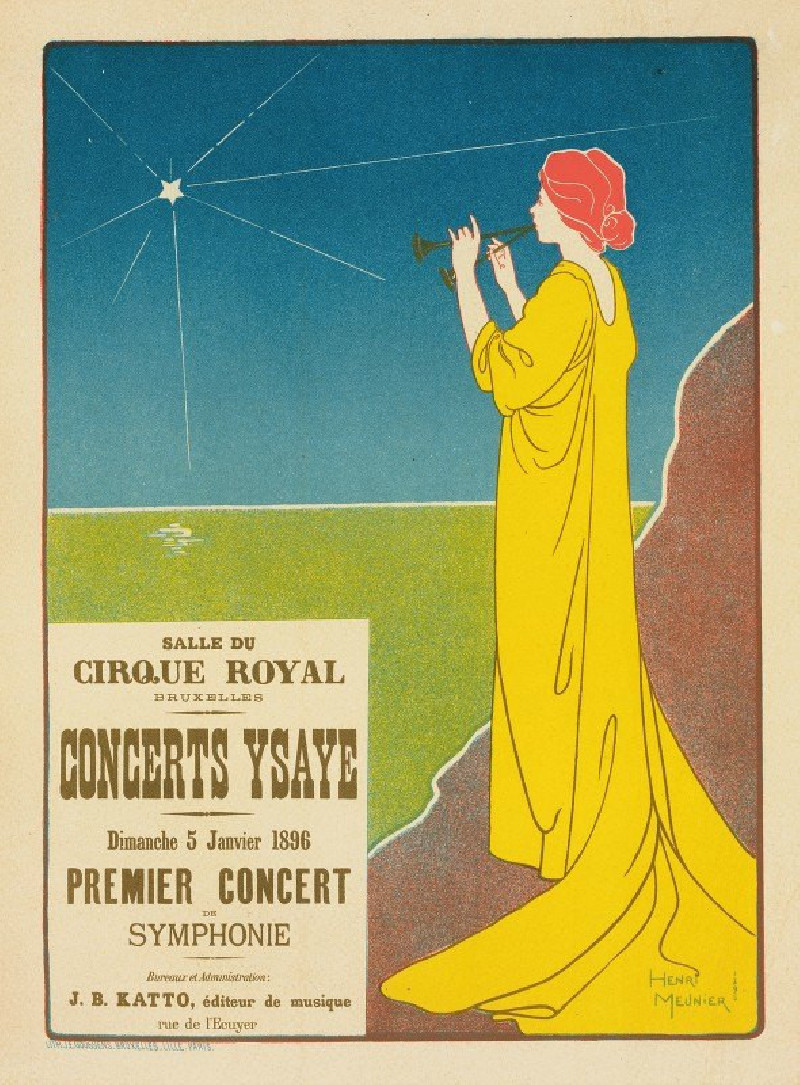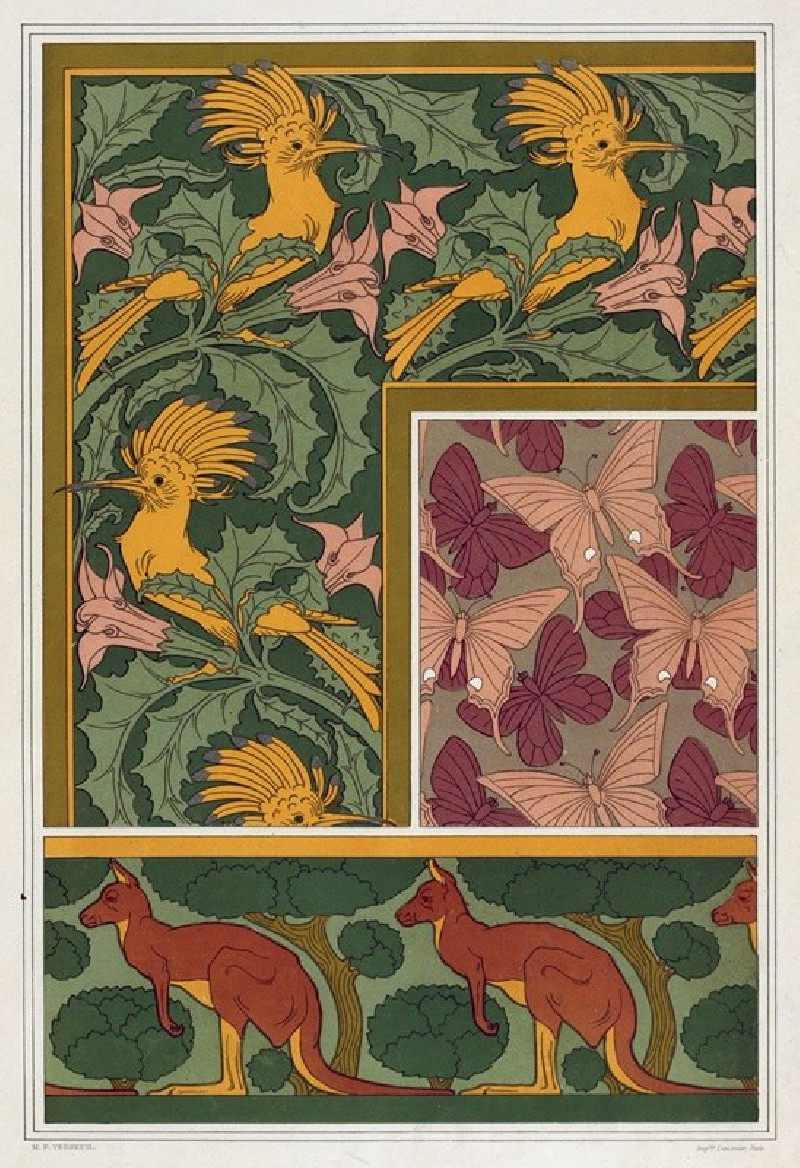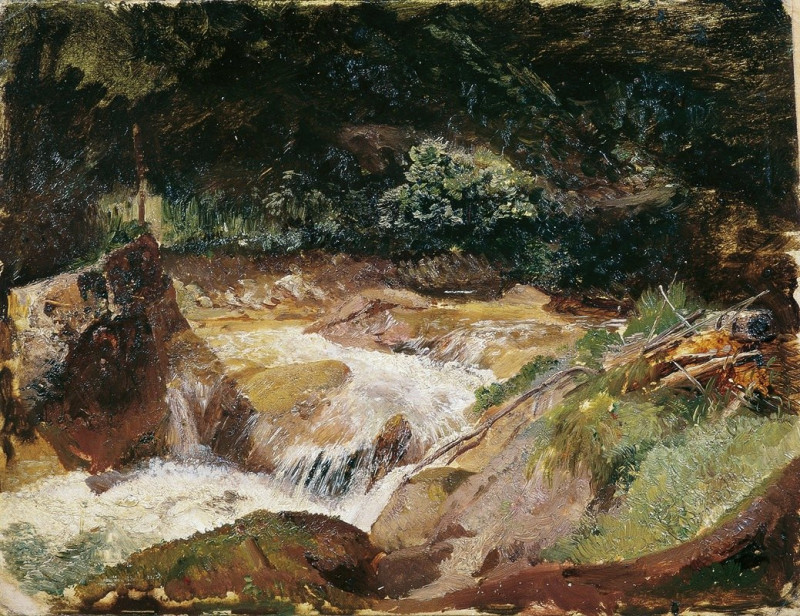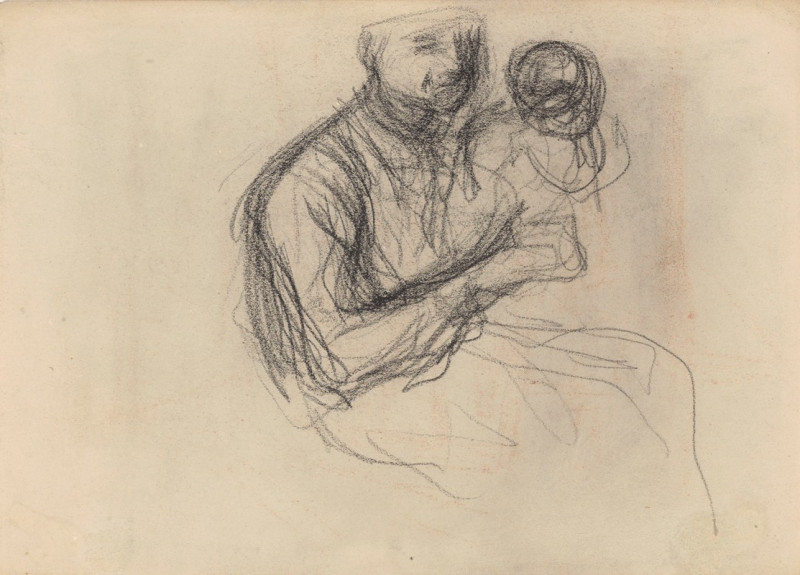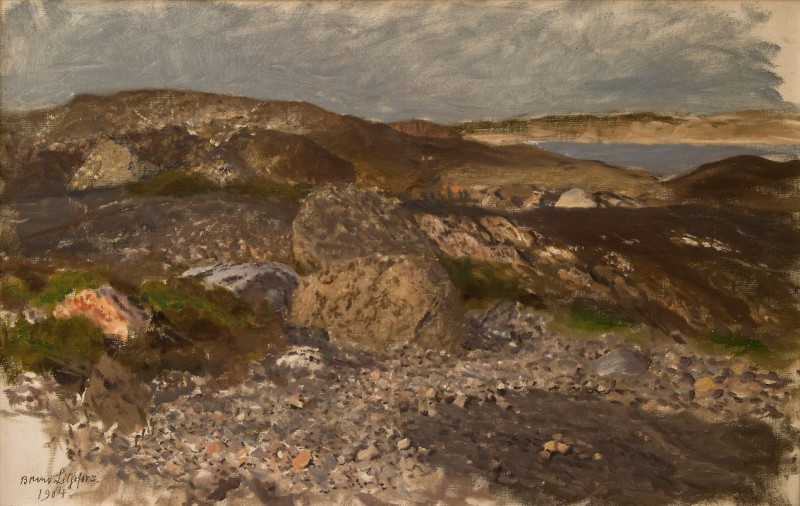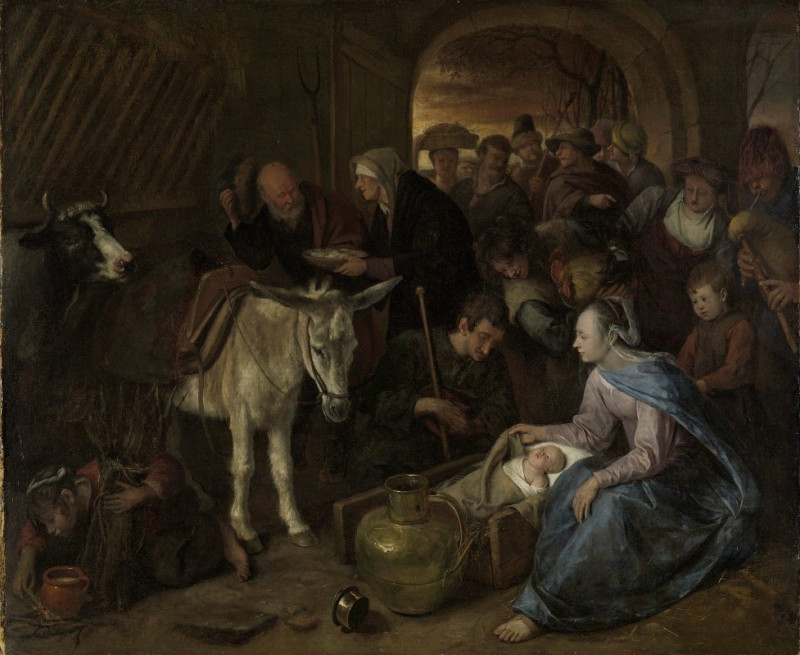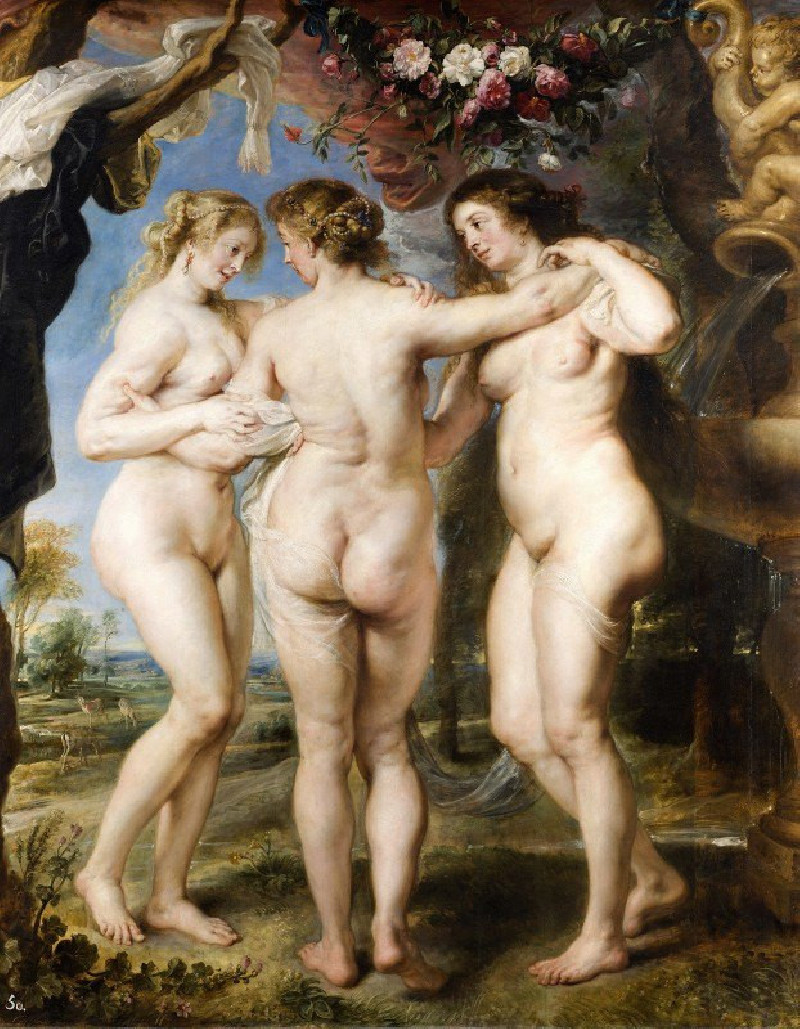Ginevra de’ Benci (obverse) (c. 1474-1478)
Technique: Giclée quality print
Recommended by our customers
More about this artwork
"Ginevra de' Benci" is a mesmerizing portrait by the renowned Italian polymath, Leonardo da Vinci, painted circa 1474-1478. This artwork captures the serene and introspective expression of Ginevra de' Benci, a young woman from a wealthy family in Florence. Leonardo's mastery is evident in the delicate rendering of her features, from the soft contours of her face to the intricate curls of her hair.The portrait is particularly notable for its sophisticated use of sfumato, a technique developed by Leonardo that involves the subtle blending of colors and shades to create a more lifelike, three-dimensional appearance. Ginevra's gaze, directed slightly off-canvas, suggests a contemplative mood, perhaps hinting at the complexities of her inner life.The background of the painting adds to its depth and richness, featuring an imaginative landscape with lush trees and a distant blue lake, which contrasts with the detailed natural elements, like the spiky juniper bush that frames Ginevra’s head. Symbolically, the juniper represents chastity, aligning with the virtues that were celebrated in Florentine society.This portrait not only showcases Leonardo's ability to capture physical realism and emotional subtlety but also reflects the cultural and philosophical ideals of the Renaissance period.
Delivery
Returns
Picture in the interior
Technique
Giclée quality print
Leonardo da Vinci was an Italian polymath of the High Renaissance who is widely considered one of the greatest painters of all time. The Mona Lisa is the most famous of his works and the most famous portrait ever made. The Last Supper is the most reproduced religious painting of all time and his Vitruvian Man drawing is also regarded as a cultural icon. He is also known for his notebooks, in which he made drawings and notes on science and invention; these involve a variety of subjects including anatomy, cartography, painting, and palaeontology. Leonardo's collective works compose a contribution to later generations of artists rivalled only by that of his contemporary Michelangelo.

